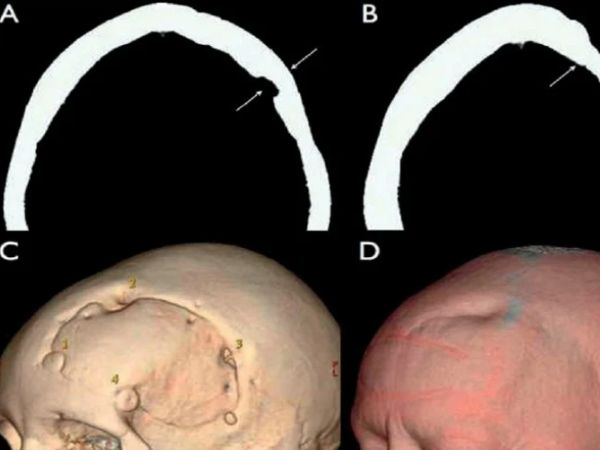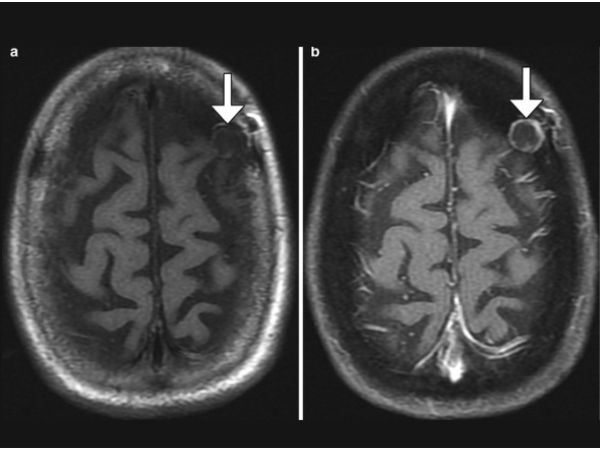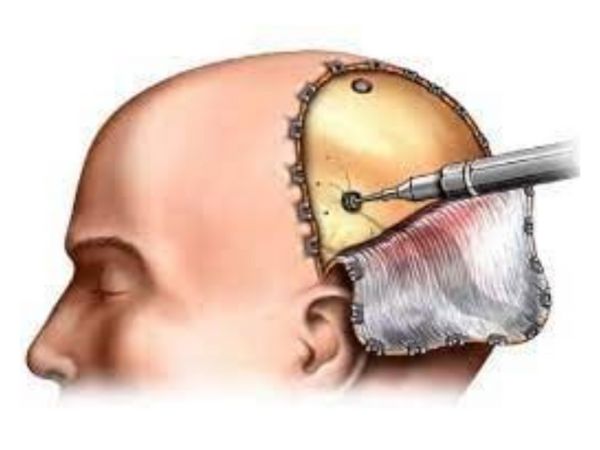Topics
Table of Contents
A Burr Hole Cap: What is it?
In neurosurgery, a Burr Hole Cap is a specialised medical device used to seal and shield tiny openings (burr holes) created in the skull during operations. In order to undertake procedures such as ventricular shunt insertion, external ventricular drain (EVD), biopsies, and some minimally invasive brain surgeries, neurosurgeons frequently need to drill a tiny hole in the skull, known as a burr hole. To guarantee stability, protection, and healing, the hole is covered and sealed with a burr hole cap following the surgery.
What Makes a Burr Hole Cap Crucial?
In the past, surgeons would either cover the burr hole with bone wax or leave it open. However, this could result in issues like:

- Risks of infection
- Leakage of cerebrospinal fluid (CSF)
- Unpleasant aesthetic appearance
- The danger of the hole getting bigger over time
Burr hole caps have transformed cranial treatments by offering the following benefits:
- A safe way to seal the hole
- Decreased chance of infection
- Smoother skull contour and better cosmetic results
- Support for neighbouring tissues structurally
Burr Hole Caps: When Are They Used?
Common applications for burr hole caps in neurosurgical procedures include:

- Placements of Ventriculoperitoneal (VP) Shunts
- Insertions of External Ventricular Drains (EVD)
- Stereotactic Biopsies of the Brain
- Evacuations for Subdural Haematomas
- Monitoring of Intracranial Pressure (ICP)
- Surgery involving Deep Brain Stimulation (DBS)
Burr hole caps offer a safer and more efficient method of managing post-operative care whenever a tiny entrance point in the skull needs to be made.
Burr Hole Cap Types
Depending on the material and design, burr hole caps come in various varieties:
- Burr hole caps made of titanium are known for their strength, biocompatibility, and longevity.
- The materials used to make bioabsorbable burr hole caps dissolve gradually in the body, so they don’t need to be removed.
- Caps made of plastic or polymers are inexpensive, lightweight, and appropriate for short-term use.
Some caps have extra characteristics, such as adjustable options to fit varying skull thicknesses, screw fixation for further stability, or integrated mesh for tissue ingrowth.
The Advantages of Burr Hole Caps
- Protection: Prevents infection or damage to the brain from the outside.
- Stability: Prevents intracranial devices, such as shunt catheters, from moving or becoming loose.
- Aesthetics: Preserves the skull’s original contour, which is crucial for individuals who are sensitive to appearance.
- Usability: During surgery, surgeons can quickly and simply correct them.
- Decreased Reoperation Rates: This may reduce the need for revision procedures by lowering the risk of post-operative problems.
Are There Any Dangers?
Burr hole caps have uncommon dangers like these, much like any other medical device:
- Local discomfort
- Allergies are extremely uncommon with recent biocompatible materials.
- Infection, even though using the right surgical methods greatly lowers the chance
- In certain situations, loosening may necessitate revision surgery.
After the Placement of a Burr Hole Cap
The majority of patients find that having a burr hole cap is painless and undetectable once they have recovered. There aren’t any significant lifestyle limitations, and patients can resume their regular activities as soon as their neurosurgeon recommends it. These caps often don’t cause any problems and stay in place permanently.
In conclusion
Despite appearing to be a minor part of a complicated neurosurgery process, a burr hole cap is essential to patient comfort, safety, and long-term results. These caps, which provide both practical and visual advantages, have become an essential component in modern neurosurgery due to developments in surgical technology.
Feel free to ask your neurosurgeon about the part burr hole caps will play in your treatment plan if you or a loved one is having neurosurgery.
Sources:
- https://pmc.ncbi.nlm.nih.gov/articles/PMC10374354/
- https://pmc.ncbi.nlm.nih.gov/articles/PMC6209004/
- https://www.sciencedirect.com/science/article/pii/S1878875024020783
- https://thejns.org/focus/view/journals/neurosurg-focus/47/5/article-pE14.pdf
- https://journals.lww.com/jcraniofacialsurgery/fulltext/2023/11000/aesthetic_reconstruction_of_an_old_burr_hole.105.aspx
- https://www.sciencedirect.com/science/article/abs/pii/S1878875023005466
- https://www.thieme-connect.com/products/ejournals/pdf/10.1055/a-1883-0344.pdf

